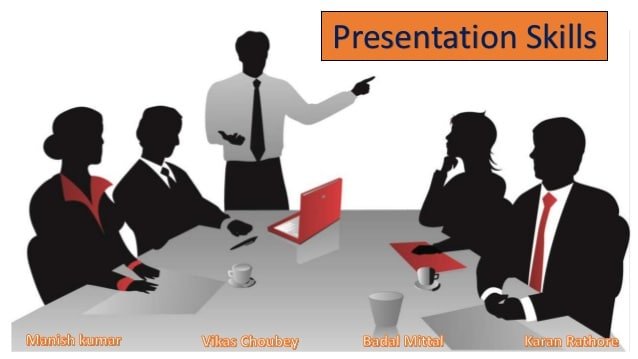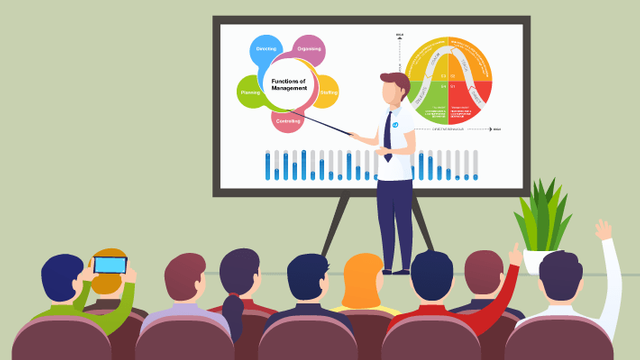Presentation - The key to a winning first impression is good communication. When you give a presentation, it is important to think about the way you are speaking and the tone of your voice. You want to communicate warmth, confidence, authority and competence. It is also important that you consider what topics are more likely to bring out these characteristics in your audience so that you can prepare for them when you deliver your presentation.
Research - Talk to your colleagues, clients and friends about the current situation and the current trends. Find out what is on their mind and what are their concerns. You can learn a lot about your audience from their conversations. This will give you a better idea about how to present your solution or your presentation topic.
Set a goal - Know your target audience and know how you plan to reach out to them. What do you want them to learn? Do you want them to take action? Do you want them to listen to you? How can you make sure you reach these goals? Make a list of your objectives and discuss these objectives with someone else involved in your presentation.
Practice - Your presentation should not be a one-time event. You need to rehearse it many times until your presentation is perfect. Have an audience recheck the script several times and check your facts several times to be certain you have covered all the issues you wanted to. A well-prepared presenter knows that his or her opening and closing remarks, opening question and answer sessions, opening and closing slides, use of graphics, colour and other methods of presenting information are just as important as the content of the talk itself.
Stay organized - It's important to keep track of everything you do during your presentation. Use a to-do list, post it to your wall, write it down in a notebook or journal and then make sure you do it! If you do not know where to start with a section of your presentation, ask a colleague or use a guide like Smart Board to point out areas you might want to cover.
Be prepared for mistakes - You cannot control what your audience will make of your presentation. They might look at one item and think it's the best, but then make a different observation. Similarly, some people in the audience might misunderstand something you say. To prevent this, have your presentation printed out on paper rather than using slides.

